 January 20, 1985: Attempting to build on the triumph of the previous year’s “1984” Macintosh commercial, Apple deploys another dystopian Super Bowl commercial. The new Apple ad, titled “Lemmings,” promotes the company’s upcoming business platform, called The Macintosh Office.
January 20, 1985: Attempting to build on the triumph of the previous year’s “1984” Macintosh commercial, Apple deploys another dystopian Super Bowl commercial. The new Apple ad, titled “Lemmings,” promotes the company’s upcoming business platform, called The Macintosh Office.
The dark, 30-second spot depicts blindfolded executives marching to their doom. The widely reviled ad will go down in history as one of Apple’s biggest stinkers.
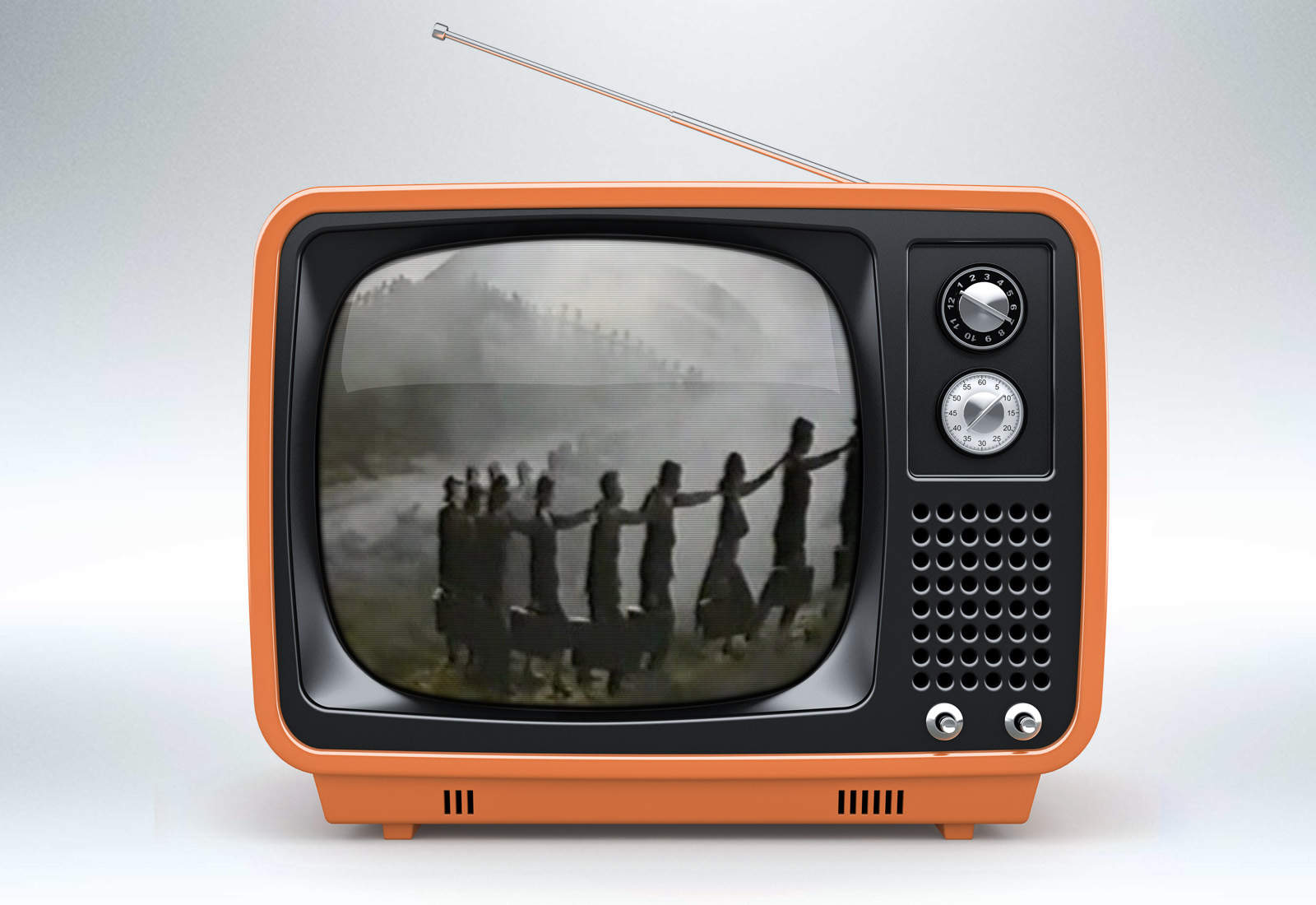


 January 19, 1989: Apple introduces the Macintosh SE/30, arguably the greatest of the classic compact Macs with black-and-white screens.
January 19, 1989: Apple introduces the Macintosh SE/30, arguably the greatest of the classic compact Macs with black-and-white screens.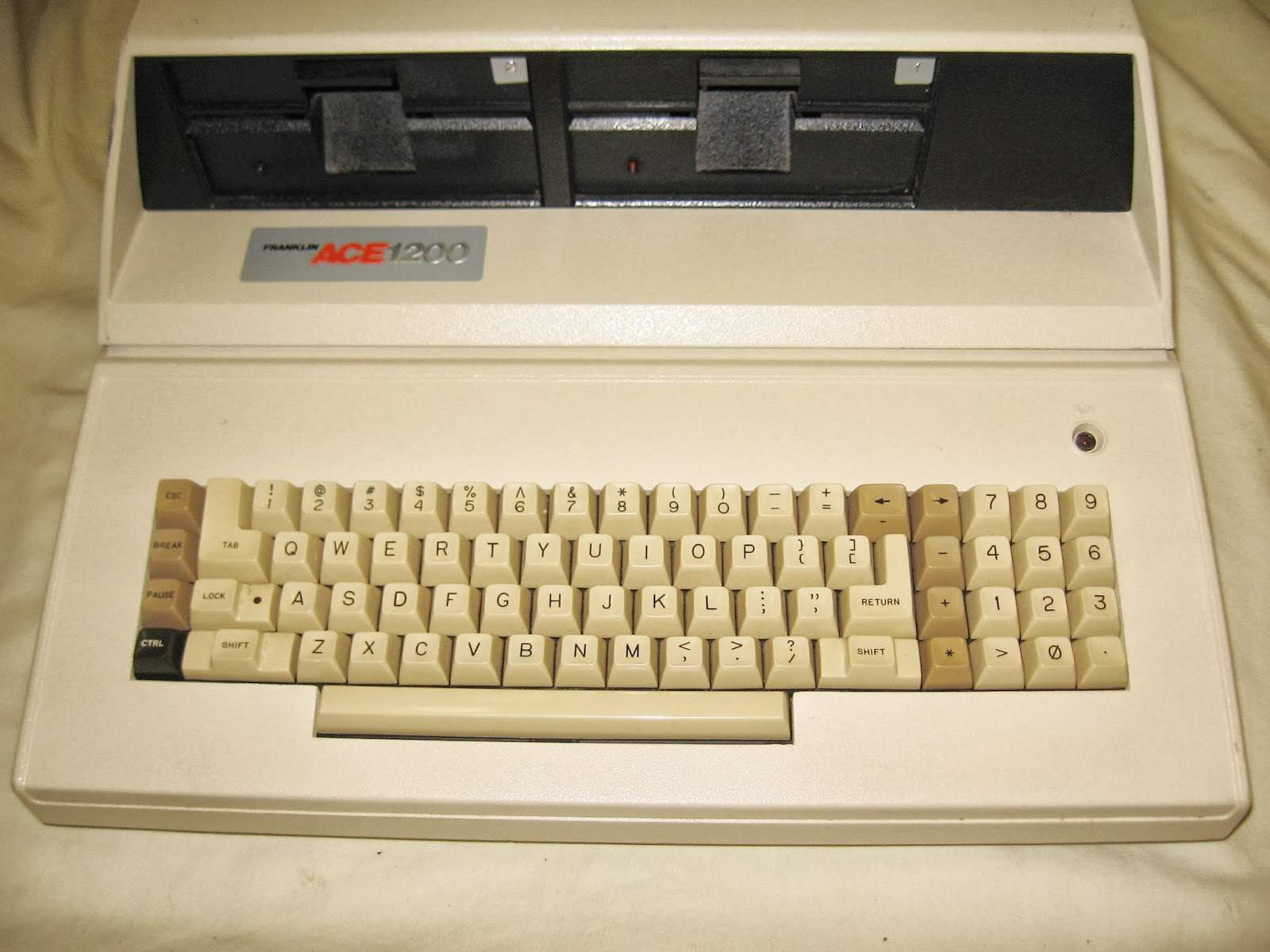
 January 18, 1983: Computer manufacturer Franklin Electronic Publishers takes the wraps off its Franklin Ace 1200 computer, an unauthorized Apple II clone that triggers an important legal battle.
January 18, 1983: Computer manufacturer Franklin Electronic Publishers takes the wraps off its Franklin Ace 1200 computer, an unauthorized Apple II clone that triggers an important legal battle.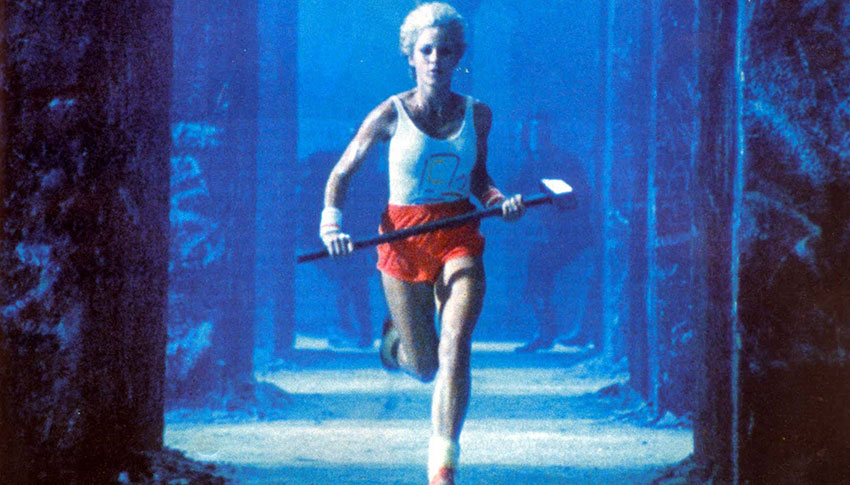
 January 17, 1984: A week before its famous airing during Super Bowl XVIII, Apple’s iconic “1984” commercial debuts as a trailer in movie theaters. To hype its revolutionary new Macintosh computer, Apple buys several months of promotion from theatrical ad distributor ScreenVision.
January 17, 1984: A week before its famous airing during Super Bowl XVIII, Apple’s iconic “1984” commercial debuts as a trailer in movie theaters. To hype its revolutionary new Macintosh computer, Apple buys several months of promotion from theatrical ad distributor ScreenVision.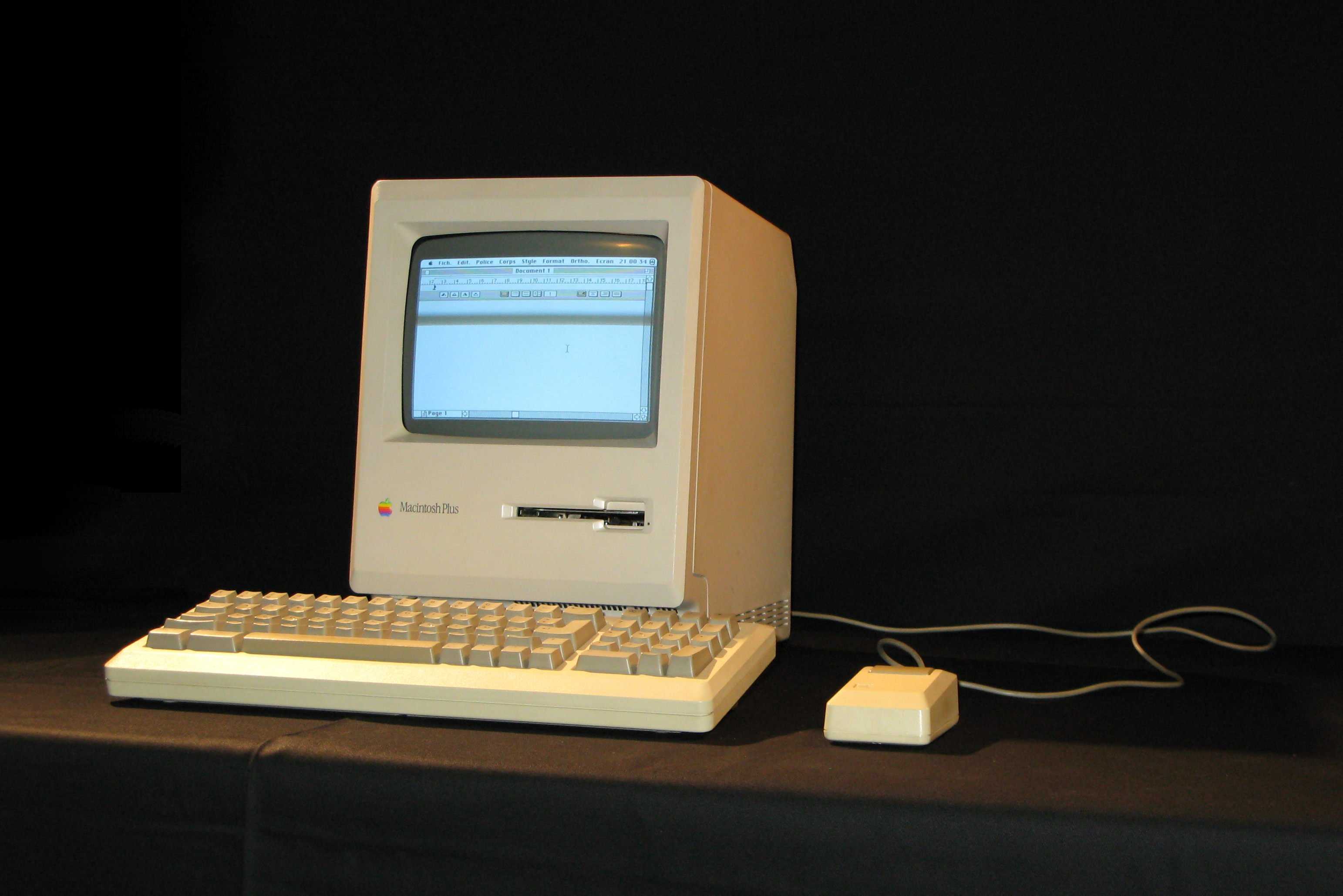
 January 16, 1986: Apple introduces the Macintosh Plus, its third Mac model and the first to be released after Steve Jobs was
January 16, 1986: Apple introduces the Macintosh Plus, its third Mac model and the first to be released after Steve Jobs was 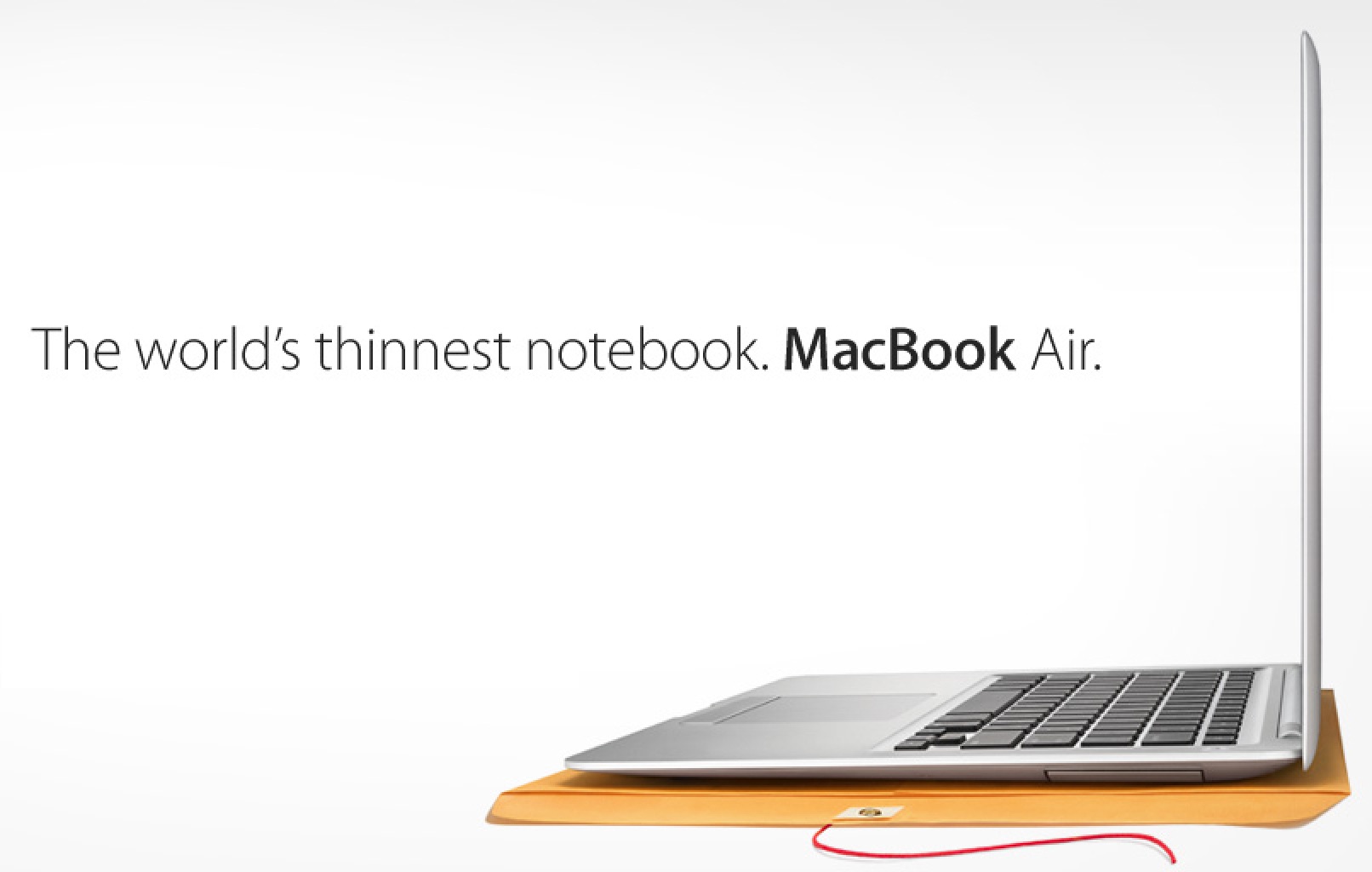
 January 15, 2008: Steve Jobs shows off the first MacBook Air at the Macworld conference in San Francisco, calling the revolutionary computer the “world’s thinnest notebook.”
January 15, 2008: Steve Jobs shows off the first MacBook Air at the Macworld conference in San Francisco, calling the revolutionary computer the “world’s thinnest notebook.”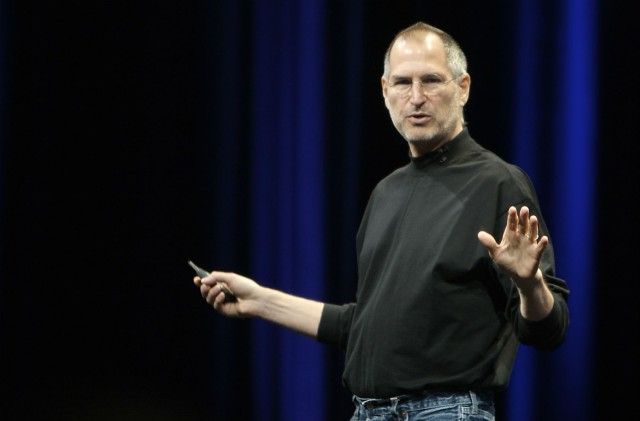
 January 14, 2009: Steve Jobs’ cancer worsens to the point that he takes a medical leave from Apple.
January 14, 2009: Steve Jobs’ cancer worsens to the point that he takes a medical leave from Apple.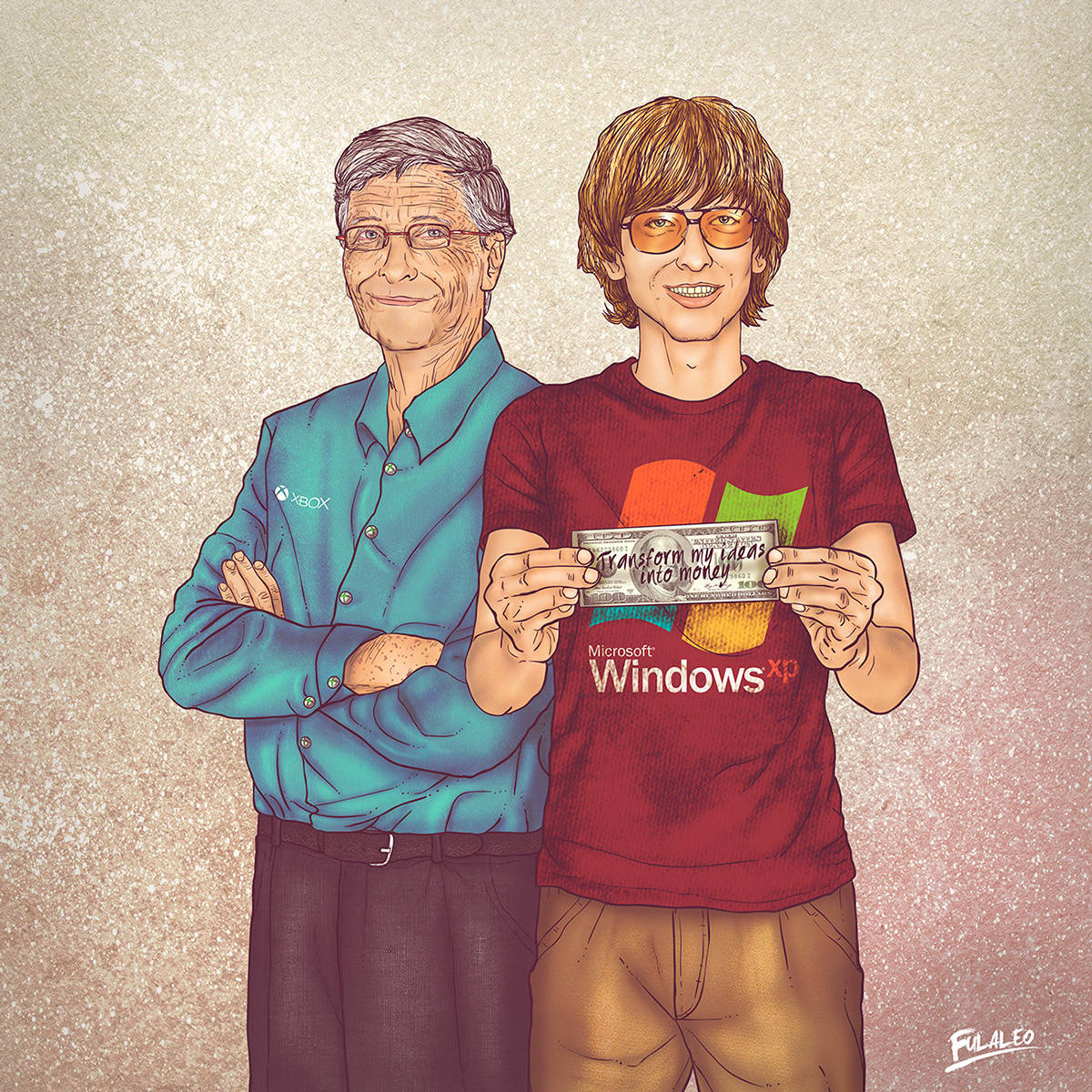
 January 13, 2000: Steve Jobs’ longtime frenemy Bill Gates quits as Microsoft CEO. He steps down from the leadership role just a month after his company’s stock hit its all-time high.
January 13, 2000: Steve Jobs’ longtime frenemy Bill Gates quits as Microsoft CEO. He steps down from the leadership role just a month after his company’s stock hit its all-time high.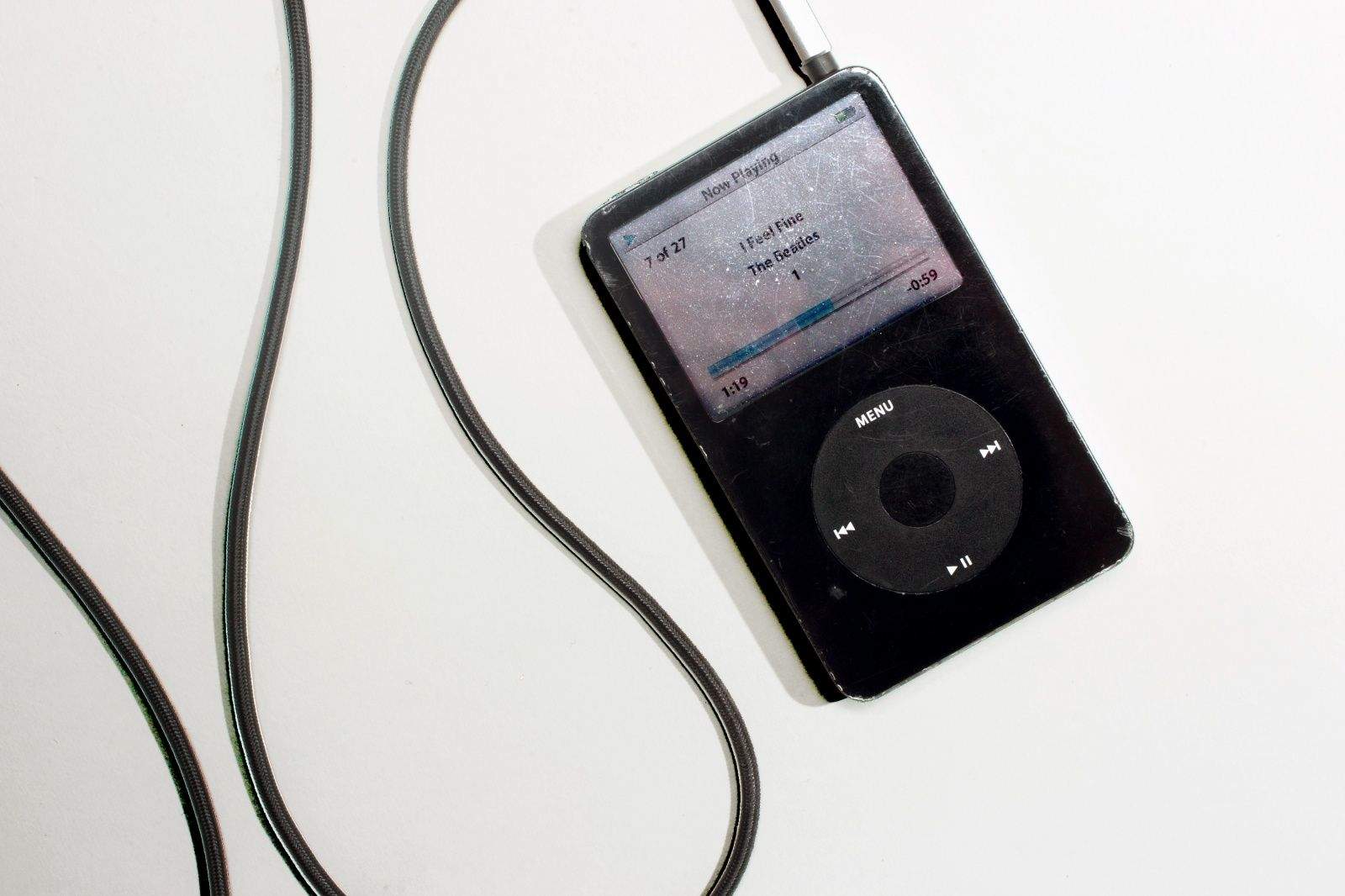
 January 12, 2005: Apple reports record earnings for the preceding three months. Impressive iPod sales during the holiday period, and demand for the latest iBook laptop, give the company a four-fold increase in profits.
January 12, 2005: Apple reports record earnings for the preceding three months. Impressive iPod sales during the holiday period, and demand for the latest iBook laptop, give the company a four-fold increase in profits.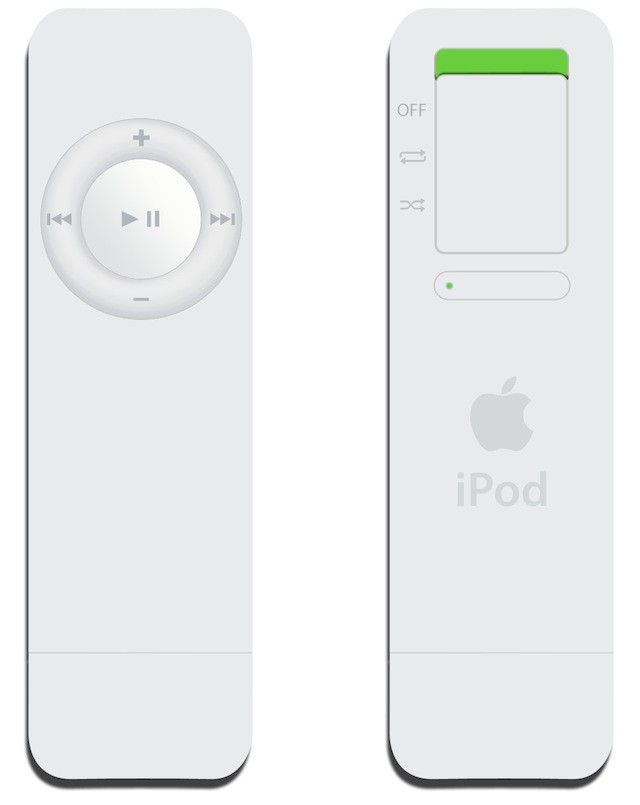
 January 11, 2005: Steve Jobs introduces the iPod shuffle, an entry-level music player that lacks a display. The device randomly shuffles the audio files it holds, but lets users easily skip songs they don’t like.
January 11, 2005: Steve Jobs introduces the iPod shuffle, an entry-level music player that lacks a display. The device randomly shuffles the audio files it holds, but lets users easily skip songs they don’t like.
 January 10, 2006: Steve Jobs unveils the original 15-inch MacBook Pro, Apple’s thinnest, fastest and lightest laptop yet.
January 10, 2006: Steve Jobs unveils the original 15-inch MacBook Pro, Apple’s thinnest, fastest and lightest laptop yet.
 January 9, 2007: Apple CEO Steve Jobs gives the world its first look at the iPhone onstage during the Macworld conference in San Francisco. The initial reaction to that first iPhone demo is mixed. But Jobs is confident that Apple has created a product that people want — even if they don’t know it yet.
January 9, 2007: Apple CEO Steve Jobs gives the world its first look at the iPhone onstage during the Macworld conference in San Francisco. The initial reaction to that first iPhone demo is mixed. But Jobs is confident that Apple has created a product that people want — even if they don’t know it yet.
 January 8, 2004: The clumsily named iPod+HP, a Hewlett-Packard-branded iPod, debuts at the Consumer Electronics Show in Las Vegas.
January 8, 2004: The clumsily named iPod+HP, a Hewlett-Packard-branded iPod, debuts at the Consumer Electronics Show in Las Vegas.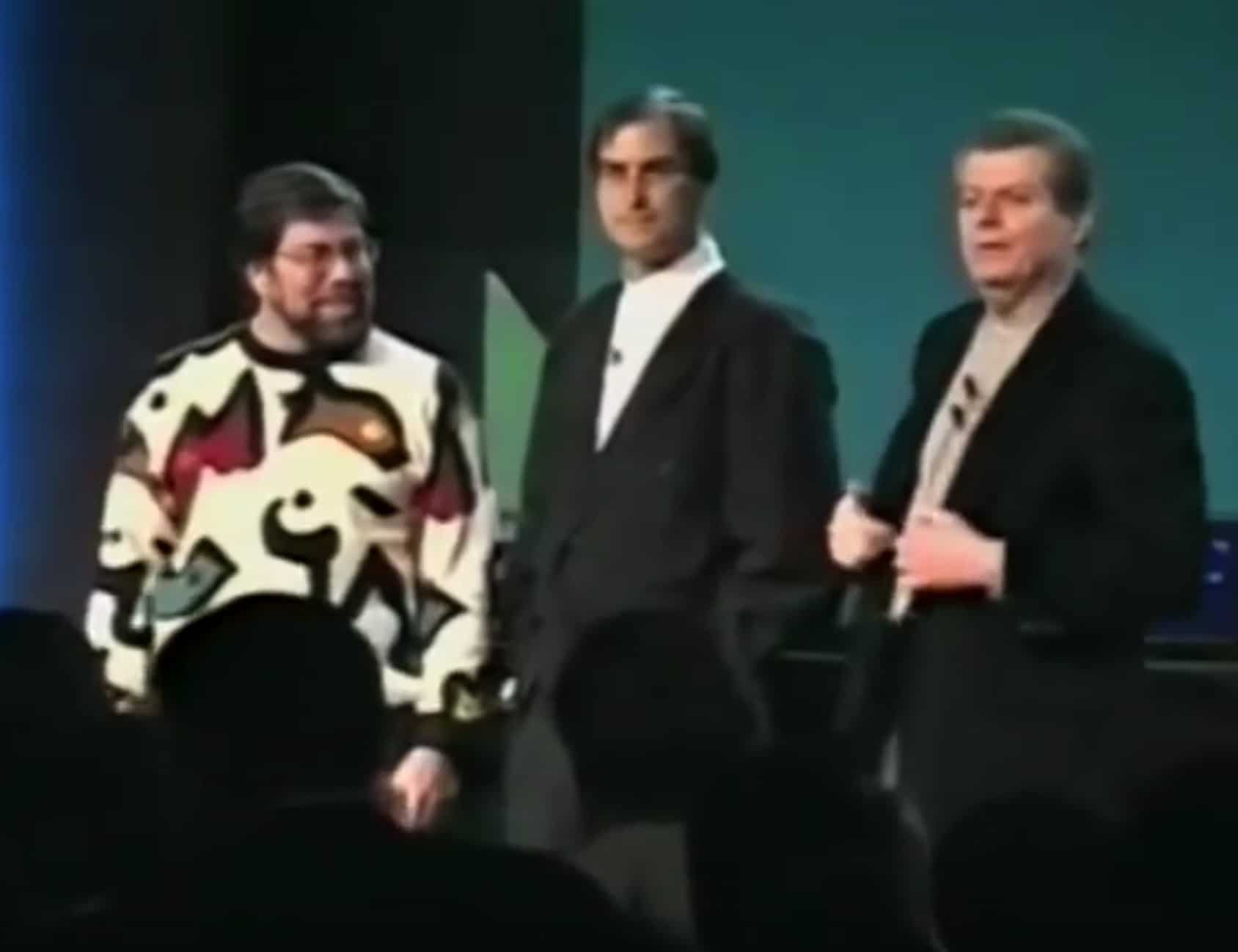
 January 7, 1997: Apple co-founder Steve Wozniak returns to the company to participate in an advisory role, reuniting with Steve Jobs onstage at the Macworld Expo in San Francisco.
January 7, 1997: Apple co-founder Steve Wozniak returns to the company to participate in an advisory role, reuniting with Steve Jobs onstage at the Macworld Expo in San Francisco.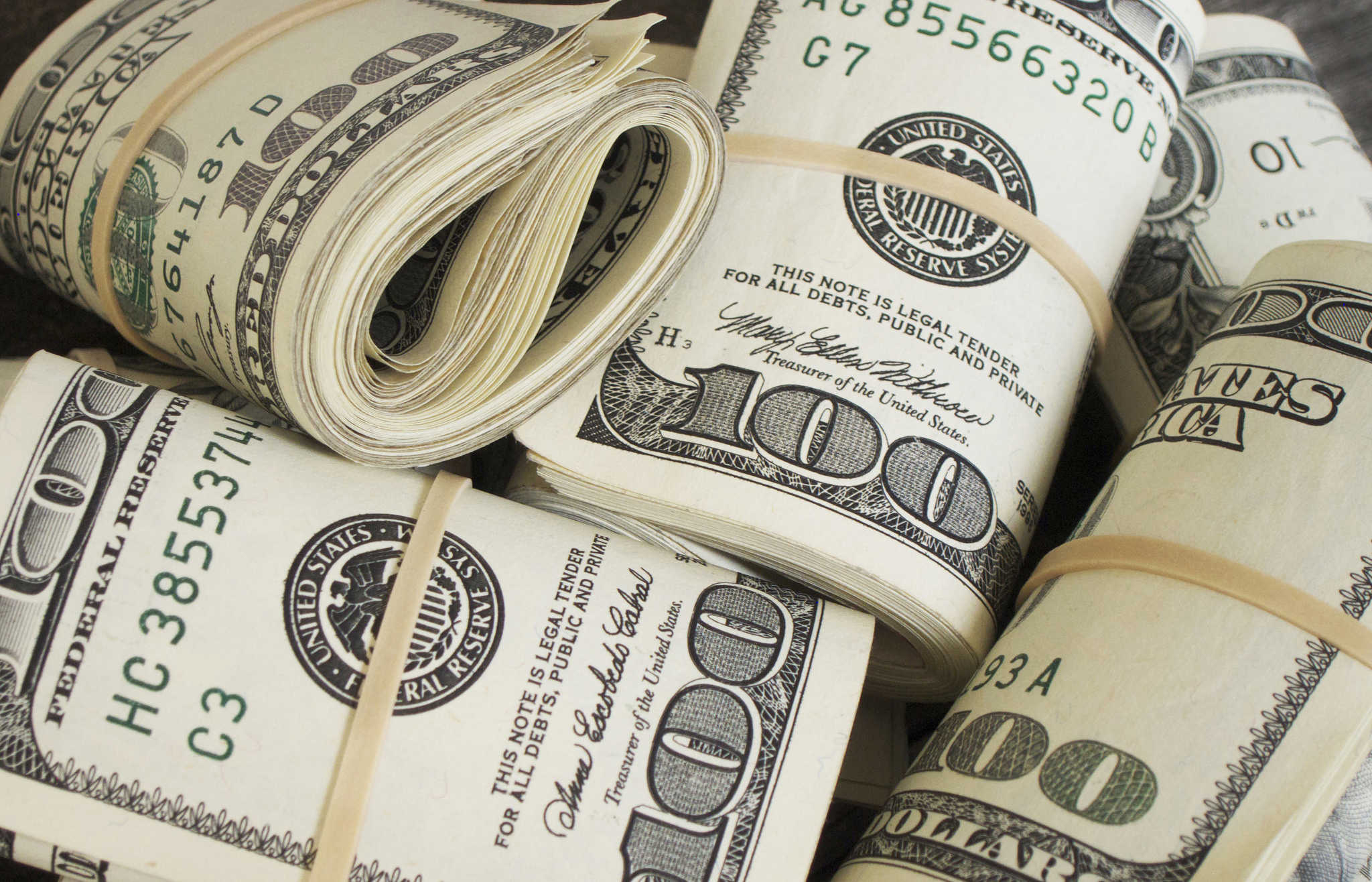
 January 6, 1998: After taking over a company on the verge of bankruptcy, Steve Jobs shocks attendees at San Francisco’s Macworld Expo by revealing that Apple is profitable again. An Apple comeback is on the way!
January 6, 1998: After taking over a company on the verge of bankruptcy, Steve Jobs shocks attendees at San Francisco’s Macworld Expo by revealing that Apple is profitable again. An Apple comeback is on the way!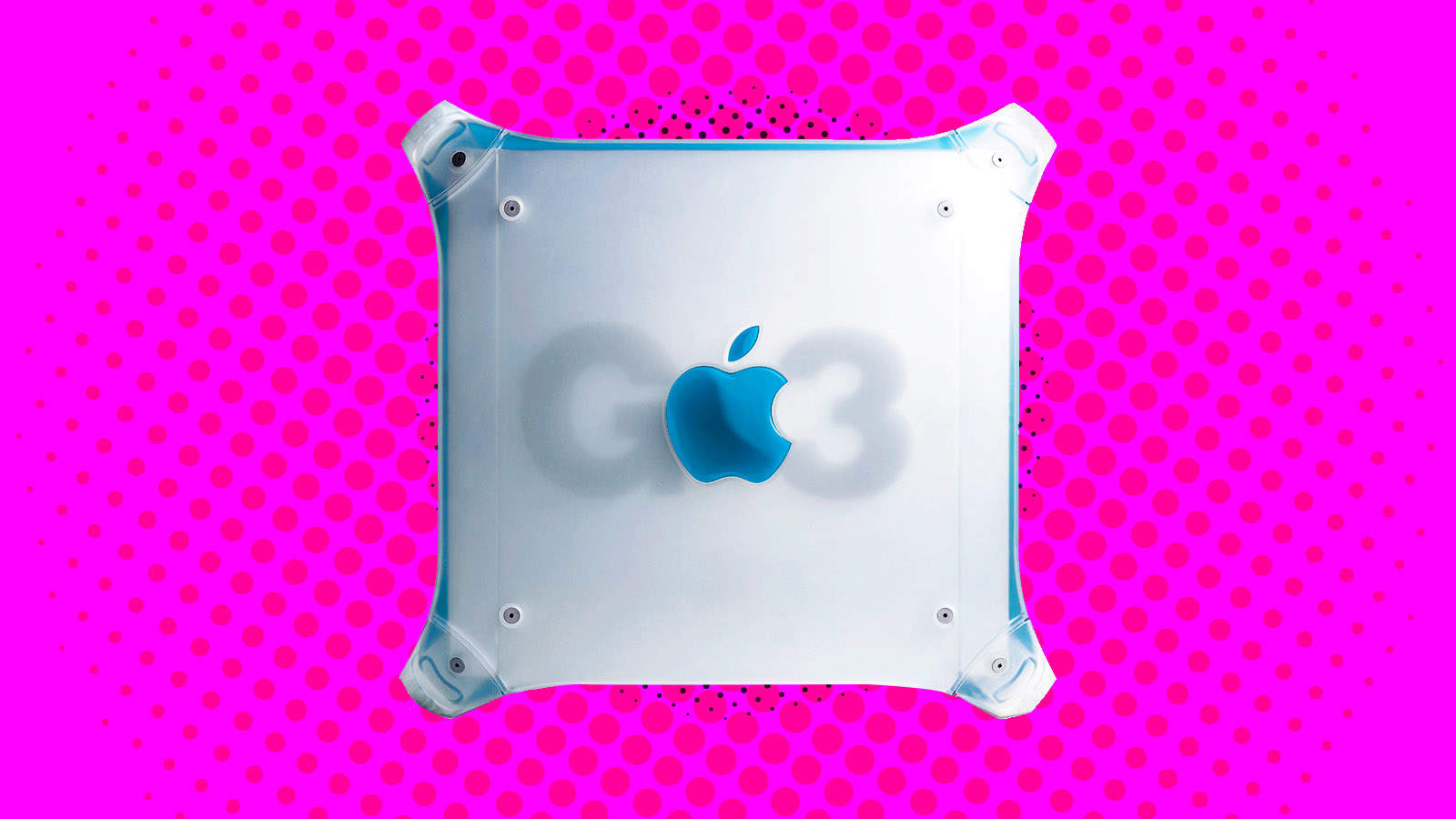
 January 5, 1999: Apple introduces its revised Power Mac G3 minitower, nicknamed the “Blue and White G3” or “Smurf Tower” to separate it from the earlier beige model.
January 5, 1999: Apple introduces its revised Power Mac G3 minitower, nicknamed the “Blue and White G3” or “Smurf Tower” to separate it from the earlier beige model.
 January 4, 1995: Apple signs a deal with third-party Mac accessory-maker Radius, allowing the company to build Macintosh clones that run on Mac OS.
January 4, 1995: Apple signs a deal with third-party Mac accessory-maker Radius, allowing the company to build Macintosh clones that run on Mac OS.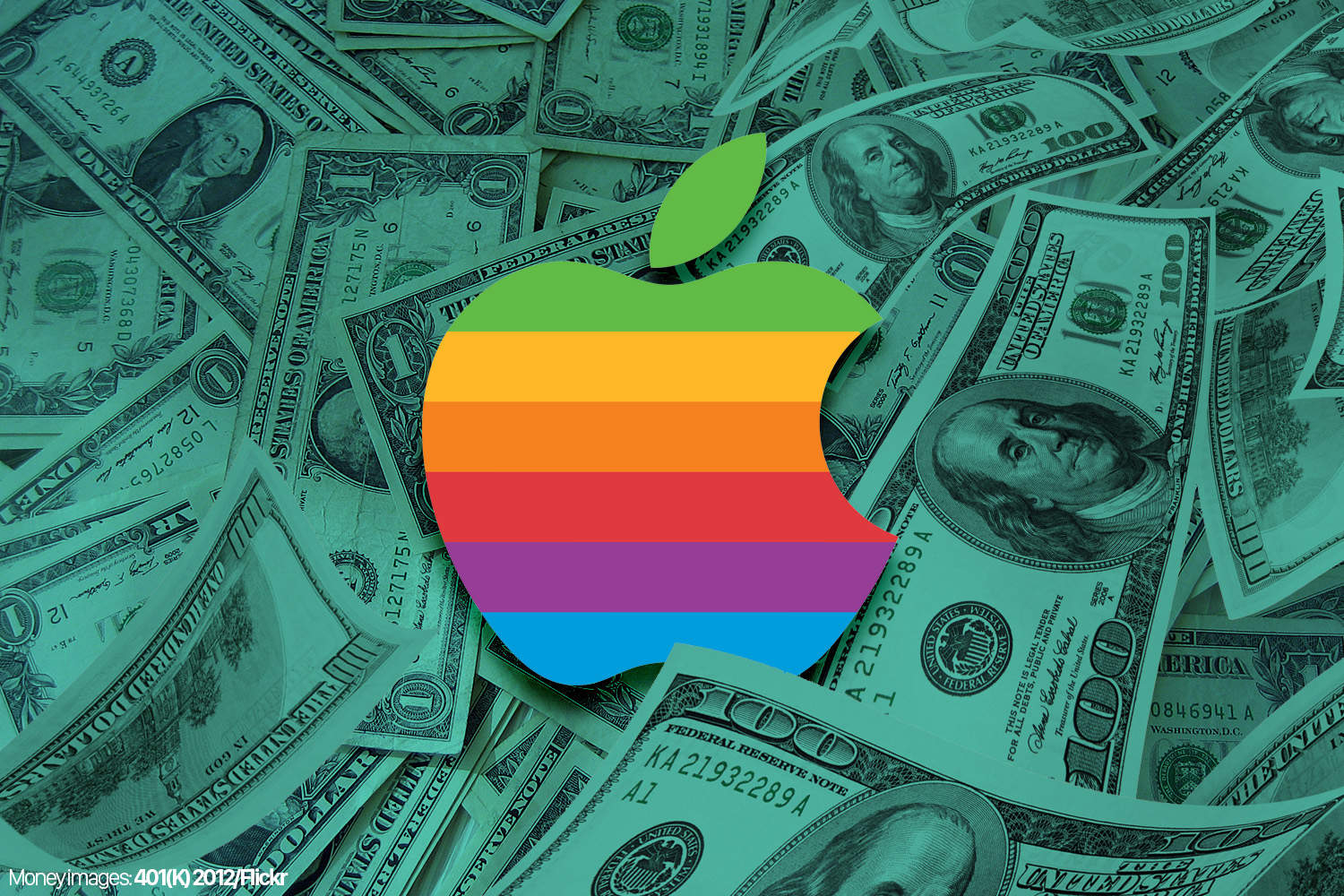
 January 3, 1977: Apple Computer Co. is officially incorporated, with
January 3, 1977: Apple Computer Co. is officially incorporated, with 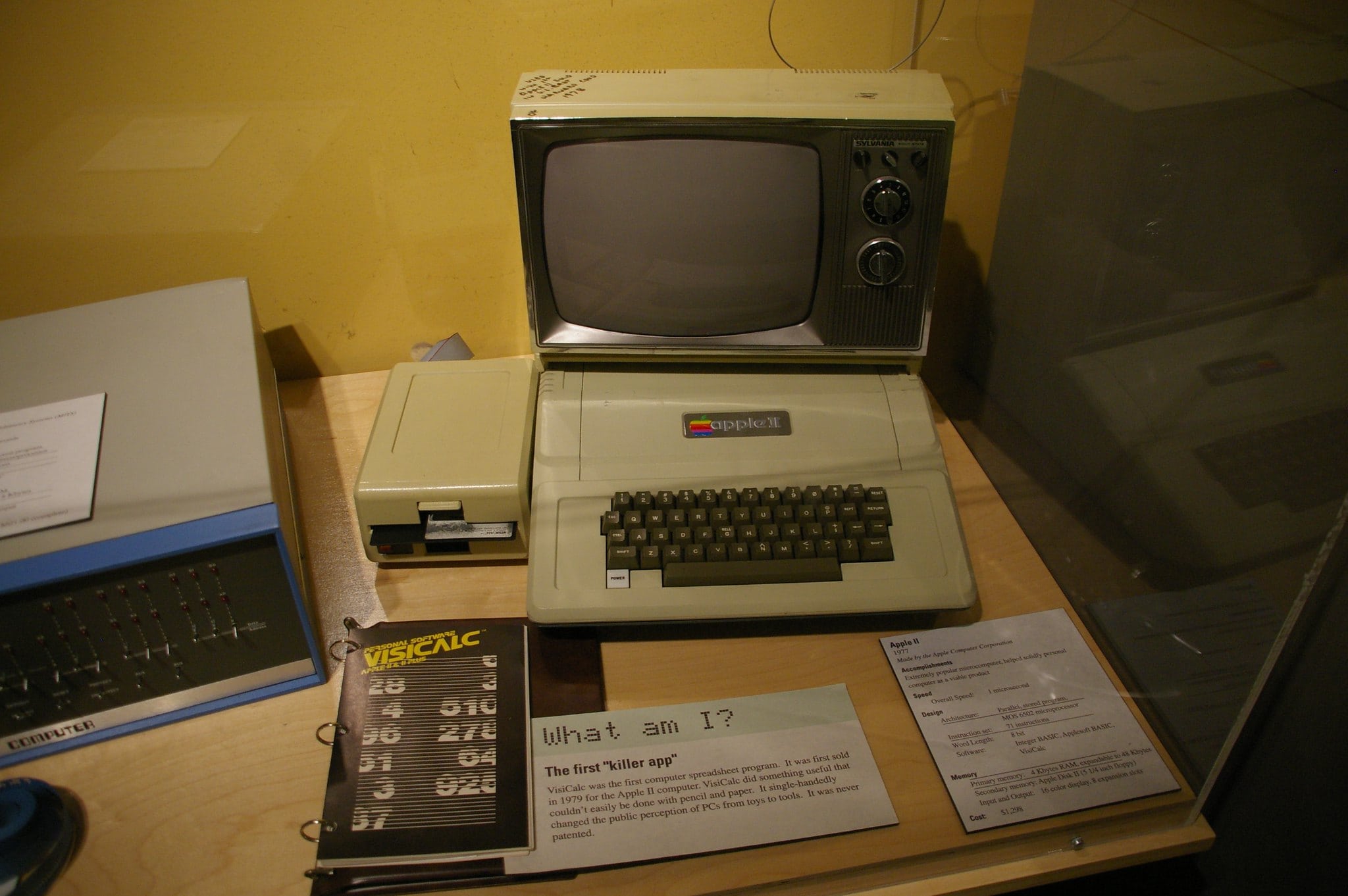
 January 2, 1979: Entrepreneurs Dan Bricklin and Bob Frankston incorporate their company Software Arts to publish a program called VisiCalc. The first spreadsheet software for the
January 2, 1979: Entrepreneurs Dan Bricklin and Bob Frankston incorporate their company Software Arts to publish a program called VisiCalc. The first spreadsheet software for the 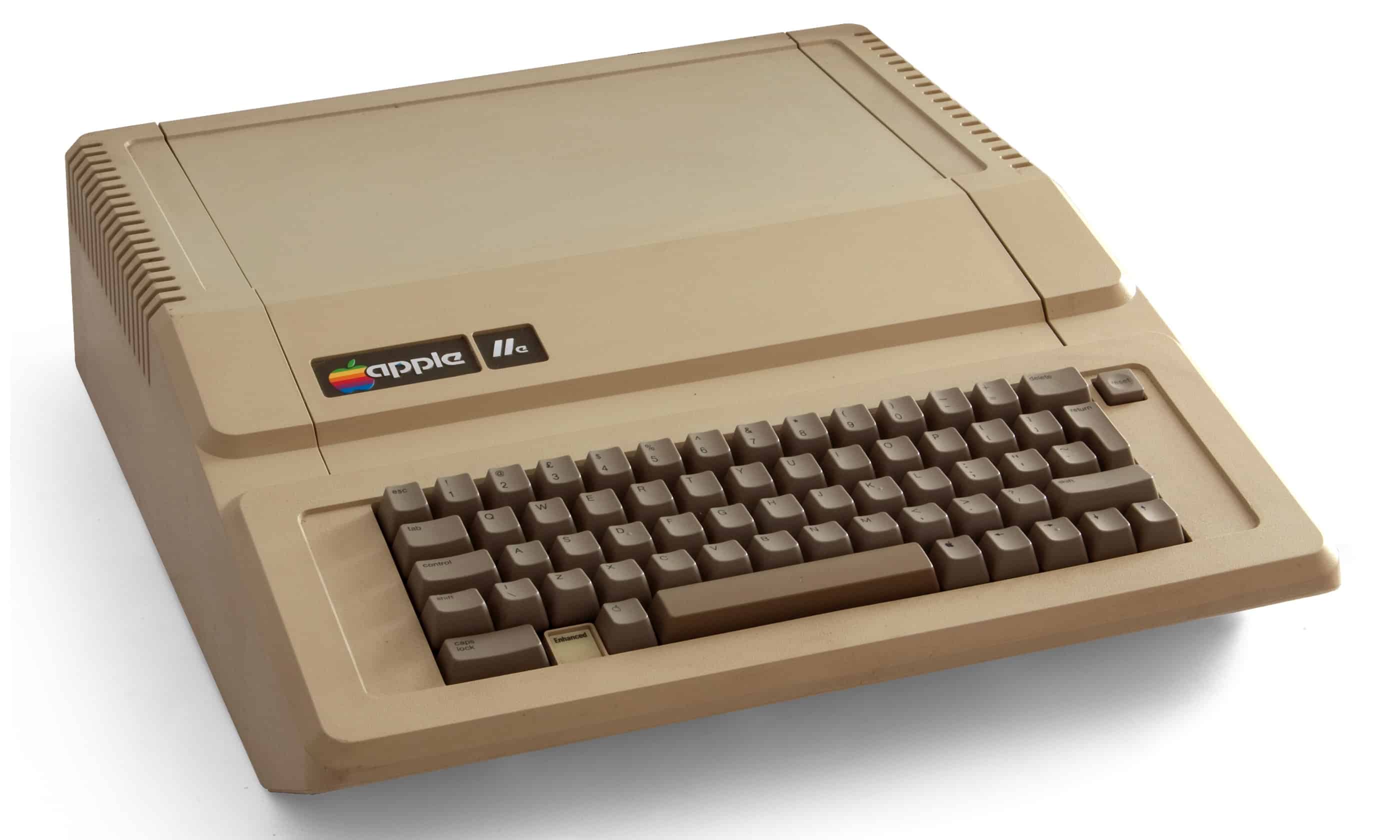
 January 1, 1983: Apple launches the Apple IIe, the third model in the Apple II series — and the last before the
January 1, 1983: Apple launches the Apple IIe, the third model in the Apple II series — and the last before the 
 December 31, 2012: App piracy hub Hackulous shuts down, bringing an end to two of its most popular apps, Installous and AppSync.
December 31, 2012: App piracy hub Hackulous shuts down, bringing an end to two of its most popular apps, Installous and AppSync.
 December 30, 1999: Microsoft hits the height of its 1990s dominance and begins its early-2000s decline, clearing a gap at the top for Apple.
December 30, 1999: Microsoft hits the height of its 1990s dominance and begins its early-2000s decline, clearing a gap at the top for Apple.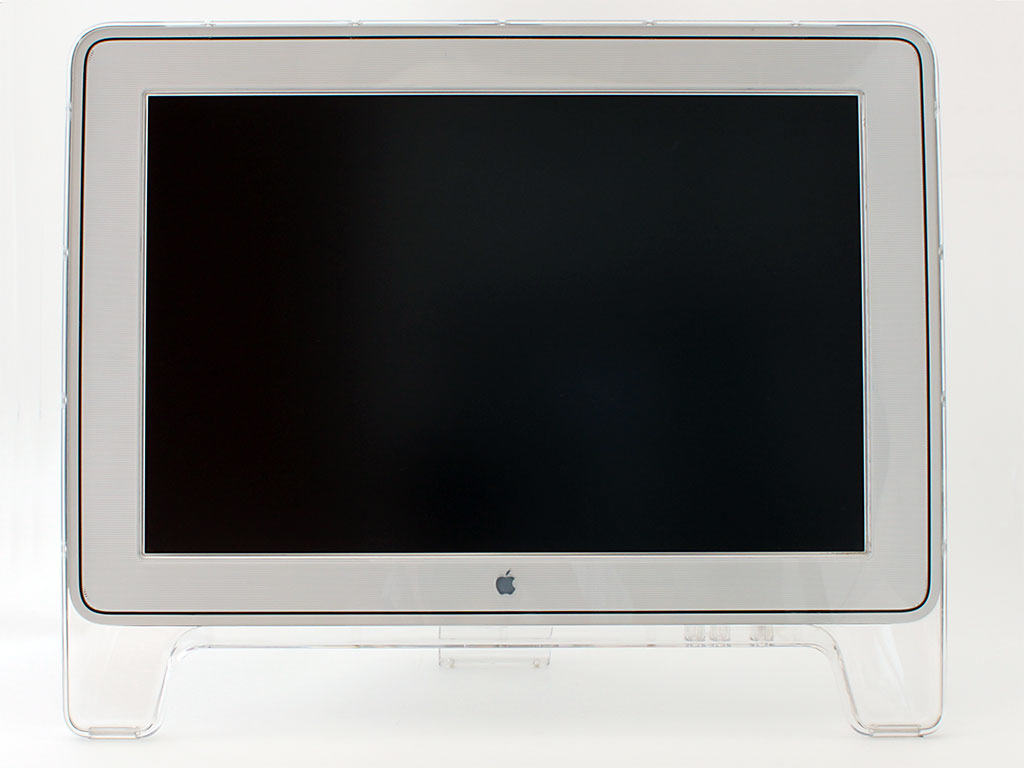
 December 29, 1999: Apple starts shipping its unfathomably large 22-inch Cinema Display, the biggest LCD computer display available anywhere,
December 29, 1999: Apple starts shipping its unfathomably large 22-inch Cinema Display, the biggest LCD computer display available anywhere,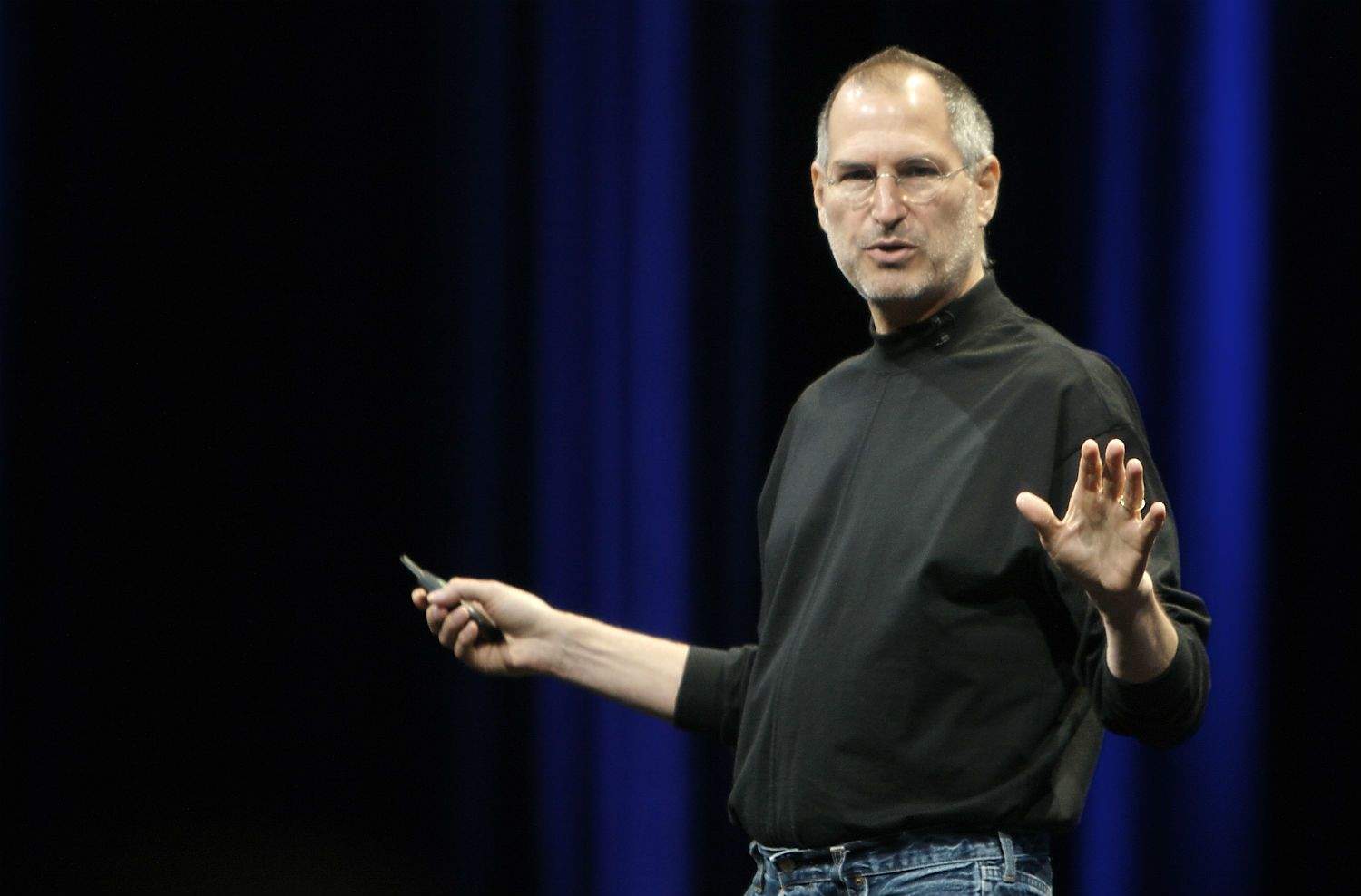
 December 28, 2006: As the rest of the country enjoys a much-deserved holiday, Apple gets embroiled in a stock option “backdating” scandal.
December 28, 2006: As the rest of the country enjoys a much-deserved holiday, Apple gets embroiled in a stock option “backdating” scandal.
 December 27, 2010: Almost four months after the second-gen Apple TV’s debut, Cupertino says it has sold 1 million of the streaming video devices.
December 27, 2010: Almost four months after the second-gen Apple TV’s debut, Cupertino says it has sold 1 million of the streaming video devices.